In 2026, the best kitchen designs balance calm aesthetics with everyday functionality. The biggest mistakes happen when homeowners ignore layout logic, storage, lighting, and long-term durability. By planning these elements with intention, you avoid costly reworks and create a kitchen that feels timeless rather than trendy.
The modern design is based on European conciseness, integrated systems, and clean lines that emphasize elegance. This approach helps create an interior that remains neat, comfortable, and relevant for many years, transforming the kitchen into a well-thought-out, cozy living space.
Below are 15 kitchen design mistakes to avoid in 2026, along with how to avoid them.
1. Treating Lighting as an Afterthought
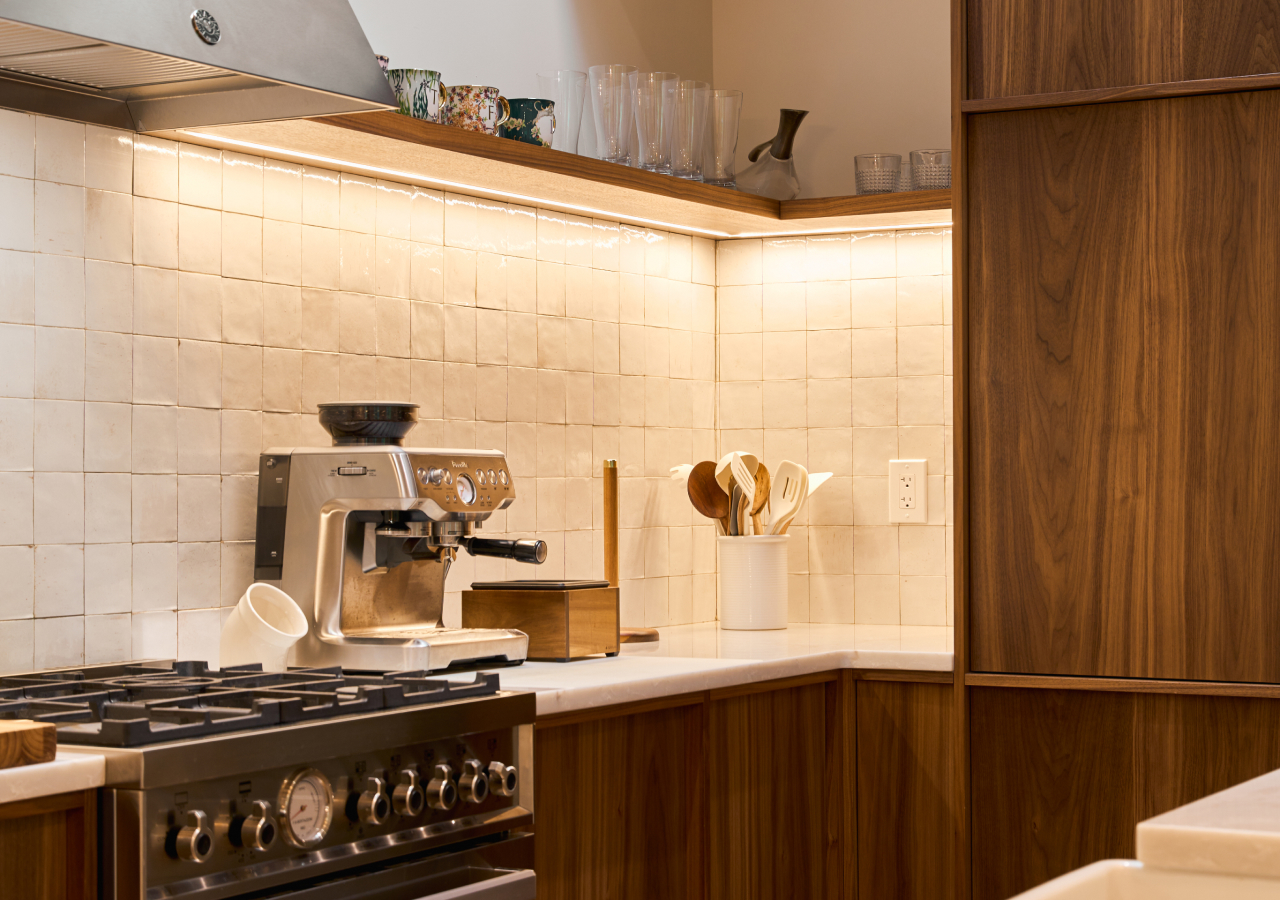
Poor lighting is one of the fastest ways to make a modern kitchen feel flat and impractical.
Layered task, ambient, and accent lighting is essential for comfort and visual depth in 2026. A single central light fixture above a dark work surface can easily make the interior dull and impractical.
A good option is a multi-level system. Use built-in or track lights for general lighting, strips under the upper cabinets for work areas, and pendant lights above the island or dining area. In minimalist or European-style interiors, it is important that the lighting emphasizes the texture of the materials. Warm and even lighting beautifully reveals the texture of wood, stone, and matte surfaces, adding depth and comfort.
2. Ignoring Ventilation in a Busy Kitchen
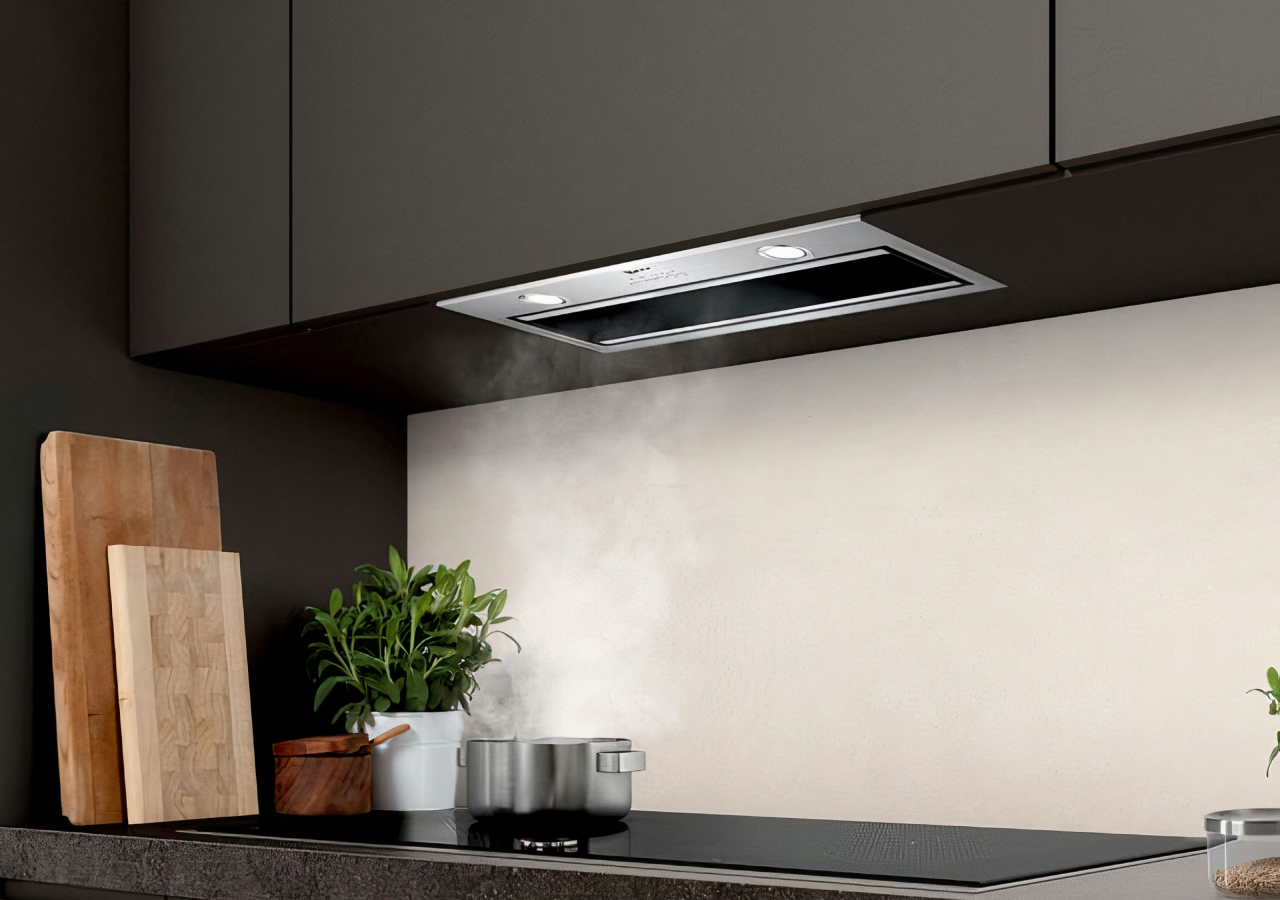
Inadequate ventilation quickly leads to lingering odors, grease buildup, and poor air quality. A properly sized, quiet hood is critical in open layouts and small apartments.
It's always nice when the kitchen smells fresh, rather than like yesterday's dinner. To keep things clean and comfortable, it's important to plan your ventilation system.
This is especially important in open-plan layouts and small apartments. An effective range hood, sized to fit the cooktop and connected to good air ducts, will help to quickly deal with odors and steam. In modern interiors with a European feel, concealed or built-in models look great. They maintain the neat appearance of the kitchen and operate without unnecessary noise.
3. Breaking the Work Triangle Without a Plan

When key zones are too far apart or awkwardly placed, everyday cooking becomes inefficient. A functional layout keeps the sink, cooktop, and refrigerator in a logical, easy-to-reach flow.
When appliances are scattered around, the refrigerator blocks the passageway, and the sink is hidden in an inconvenient place, cooking becomes a challenge. Think about the layout so that the main areas — the sink, stove, and refrigerator — are at a comfortable distance from each other. Minimize crossing paths and adapt the layout to your own habits and the shape of the room.
4. Creating Traffic Jams in the Kitchen
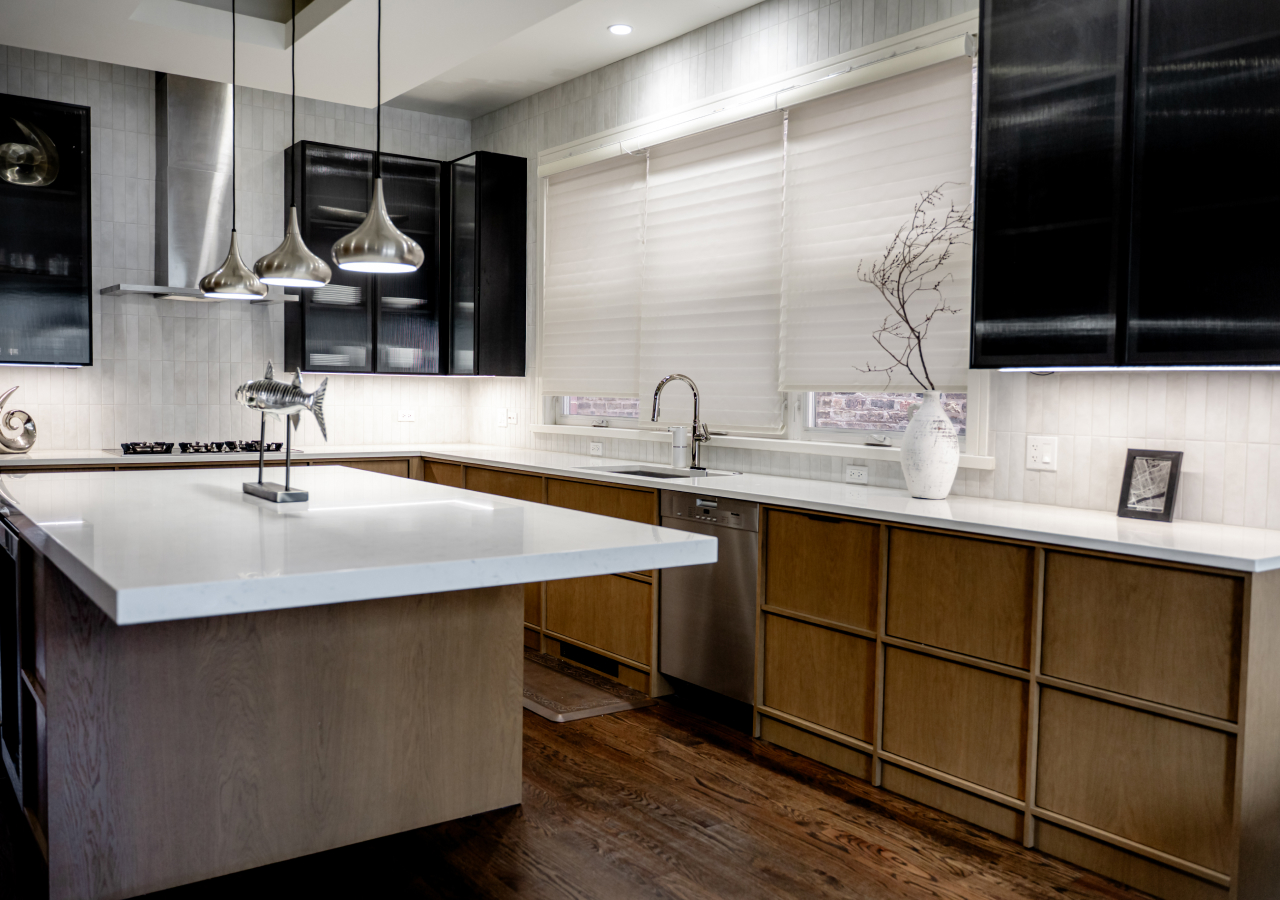
Tight walkways and blocked paths make even a beautiful kitchen difficult to use. Good circulation ensures comfortable movement around islands, appliances, and seating areas.
Pay attention to “bottlenecks”: an island that is too close, a refrigerator door that blocks the passage, or chairs that you have to get up from to pass. Open and European layouts create comfort for free movement: with clear routes, logical zoning, and no sharp corners that interfere with cooking and movement.
5. Underestimating Storage (Especially the “Invisible” Stuff)
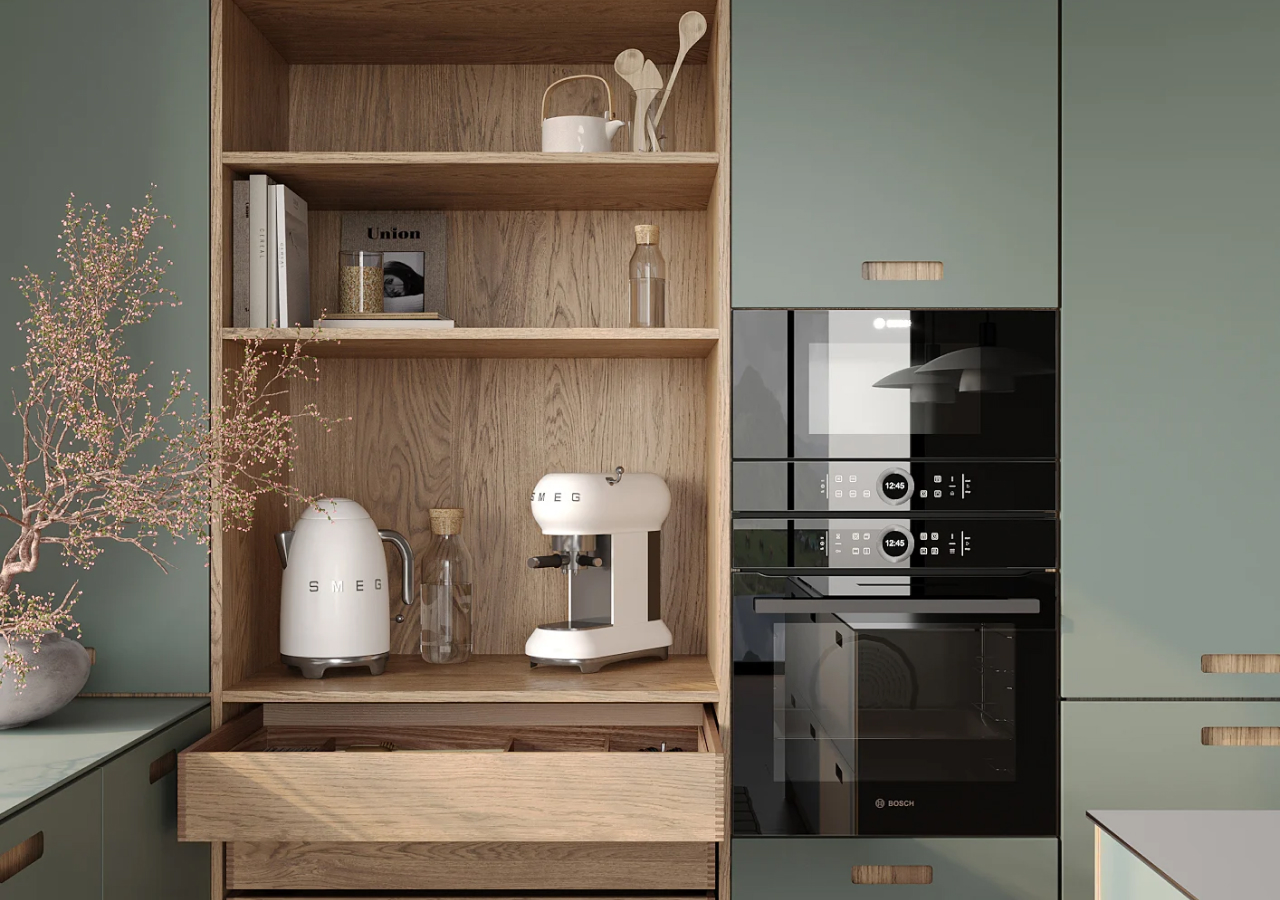
A kitchen becomes cluttered when everyday items have no planned home. Smart internal storage keeps counters clear and maintains a calm, organized feel.
If you don't plan ahead for spices, grains, small appliances, trash, pet food, and cleaning supplies, they'll quickly end up on the countertops. Pull-out drawers, tall pantries, appliance cabinets, under-sink organizers, and even baseboard drawers help you make the most of every inch, turning your kitchen into a neat and functional space.
6. Wasting Corners and Deep Cabinets

Unplanned corners often turn into dead space. Modern pull-outs and corner systems make these areas accessible and efficient.
Instead of empty areas, use pull-out corner cabinets, LeMans-style drawers, or carousels that make storage convenient and transparent. They help keep things close at hand, maintain a neat European style without handles, and make the kitchen visually and functionally more spacious without cluttering the space.
7. Skimping on Counter & Prep Space
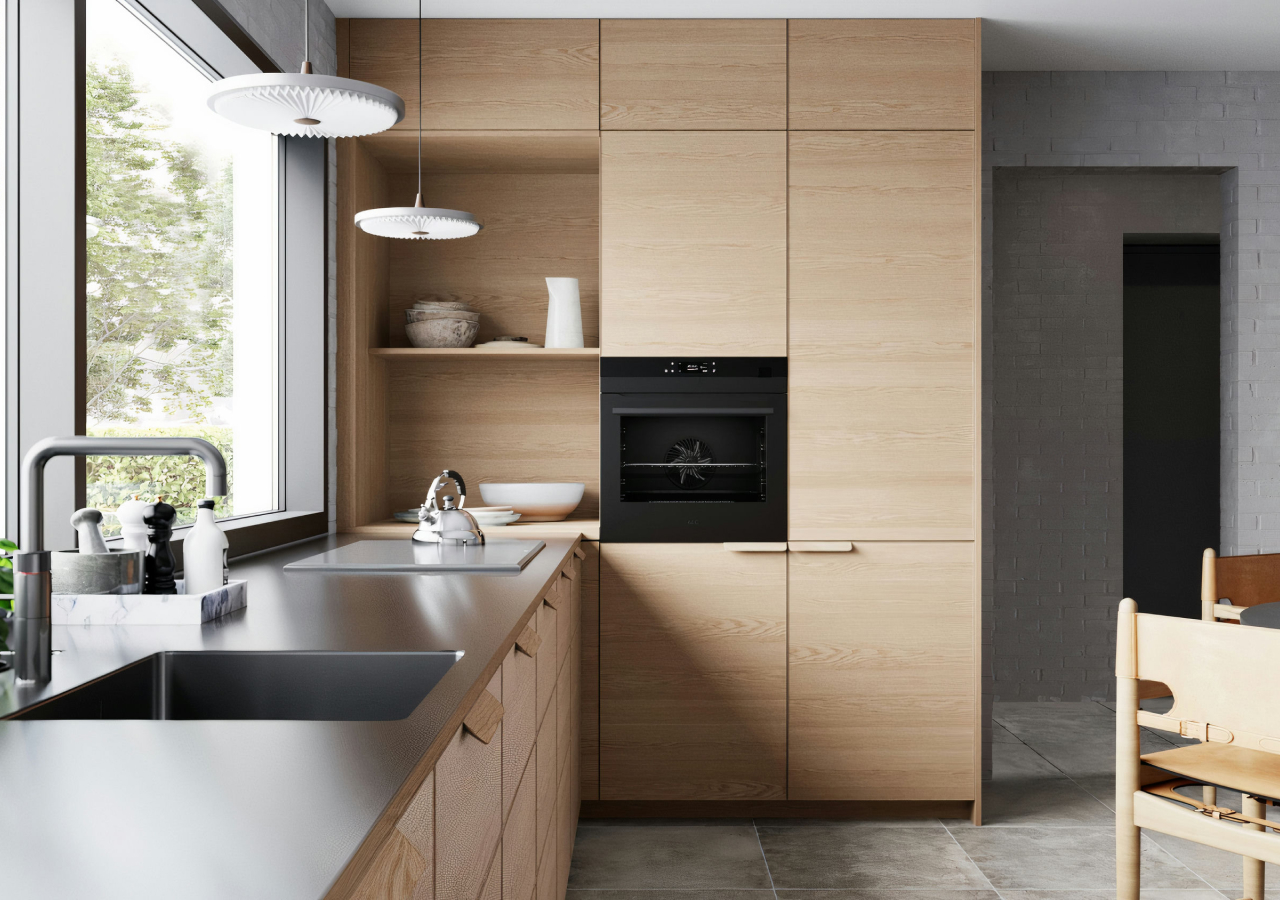
Insufficient worktop space quickly complicates meal prep. Continuous, generous surfaces make cooking easier and the kitchen more pleasant to use.
When countertops are cluttered, work becomes a constant rearrangement. Leave enough space next to the cooktop and sink, and use the island as a full-fledged work surface, not just a decorative element. In small kitchens, narrow peninsulas or solid countertops along one wall will help expand the work areas, rather than breaking the surface into small segments.
8. Choosing the Wrong Appliances for the Space
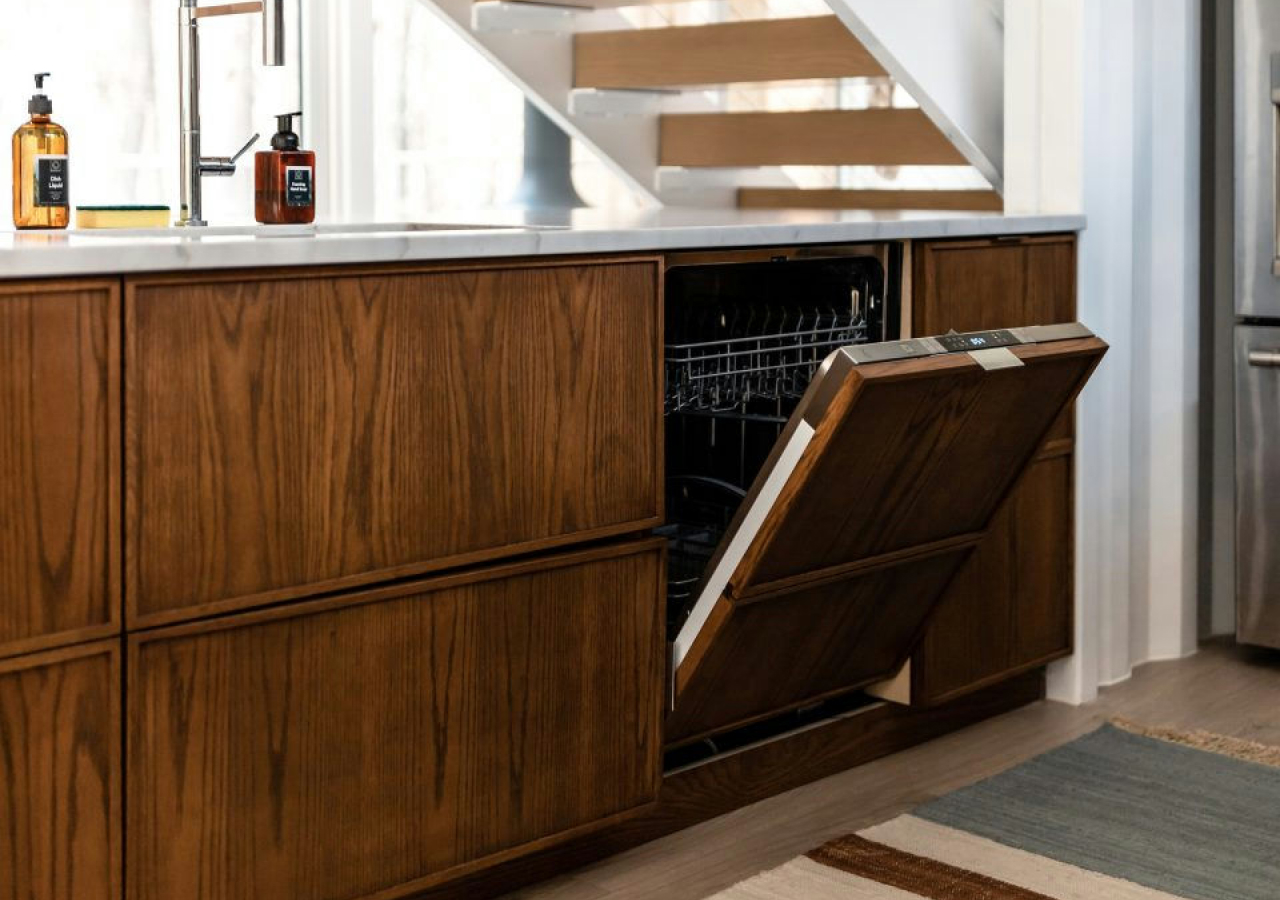
Oversized or poorly placed appliances disrupt the layout and reduce storage. Right-sized, integrated models keep the kitchen balanced and functional.
Appliances that are too large rarely fit well in a compact kitchen. A large stove or poorly positioned refrigerator disrupts the lines, takes up storage space, and hinders free movement. Choose appliances that fit your layout and lifestyle: European refrigerators with panels, compact dishwashers for small spaces, or tall pantries for everyday utensils. Think about functional integration first, and then about appearance.
9. Oversizing the Kitchen Island
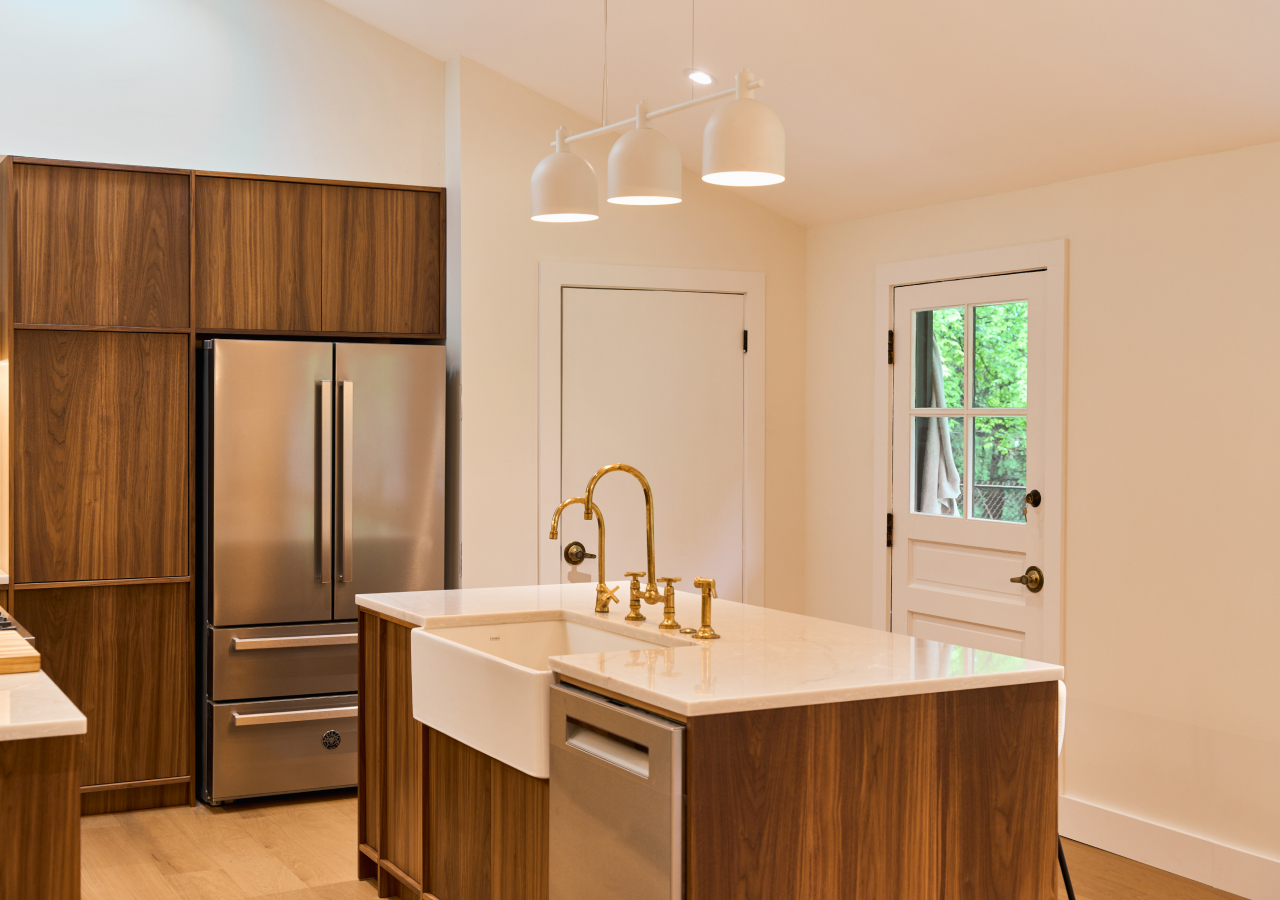
A too-large island can overwhelm the room and restrict movement. A right-sized island fits the layout, keeps walkways open, and supports natural flow.
A common mistake is a large monolithic island that clutters the room and prevents the free use of space. It is better to choose compact islands or peninsulas with sufficient space around them, clearly defined work and seating areas, built-in storage, and, where appropriate, rounded or smoothed edges. This approach makes the kitchen comfortable, visually light, and gives the interior a neat, “sculptural” accent.
10. Designing for Permanent Countertop Clutter

If appliances always sit on the counter, the kitchen never feels tidy. Built-in storage makes clear surfaces the default, not an effort.
Use built-in solutions: appliance garages, pull-out spice racks, knife blocks, tray dividers, hidden coffee stations, and internal drawer organizers. These solutions make European and Japanese-style kitchens look light and tidy. Plan them from the outset so that tidiness is the norm, not a weekend project.
11. Compromising on Cabinet Quality
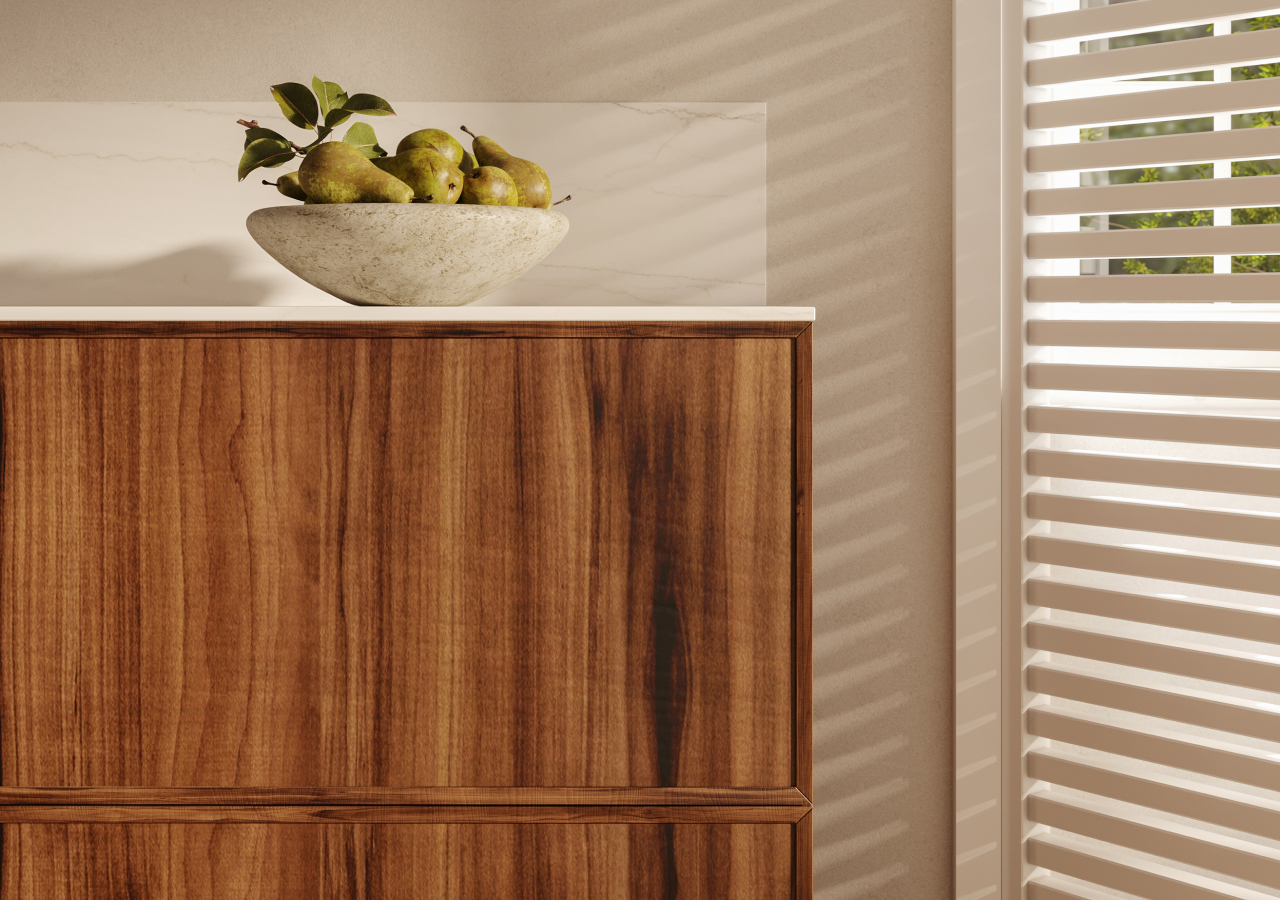
Weak materials and poor hardware shorten a kitchen’s lifespan. High-quality construction and fittings directly affect durability and everyday comfort.
Cabinets set the tone for the entire kitchen. They determine storage convenience, space organization, and interior durability.
Thin structures, weak fittings, and cheap finishes quickly lose their appearance, and even stylish designs look unappealing. Invest in high-quality materials, precise assembly, and reliable fittings with soft-close mechanisms. It will ensure durability and maintain a neat appearance with daily use. Properly made cabinets make the kitchen comfortable, aesthetic, and functional for many years to come.
12. Letting Short-Lived Trends Run the Show
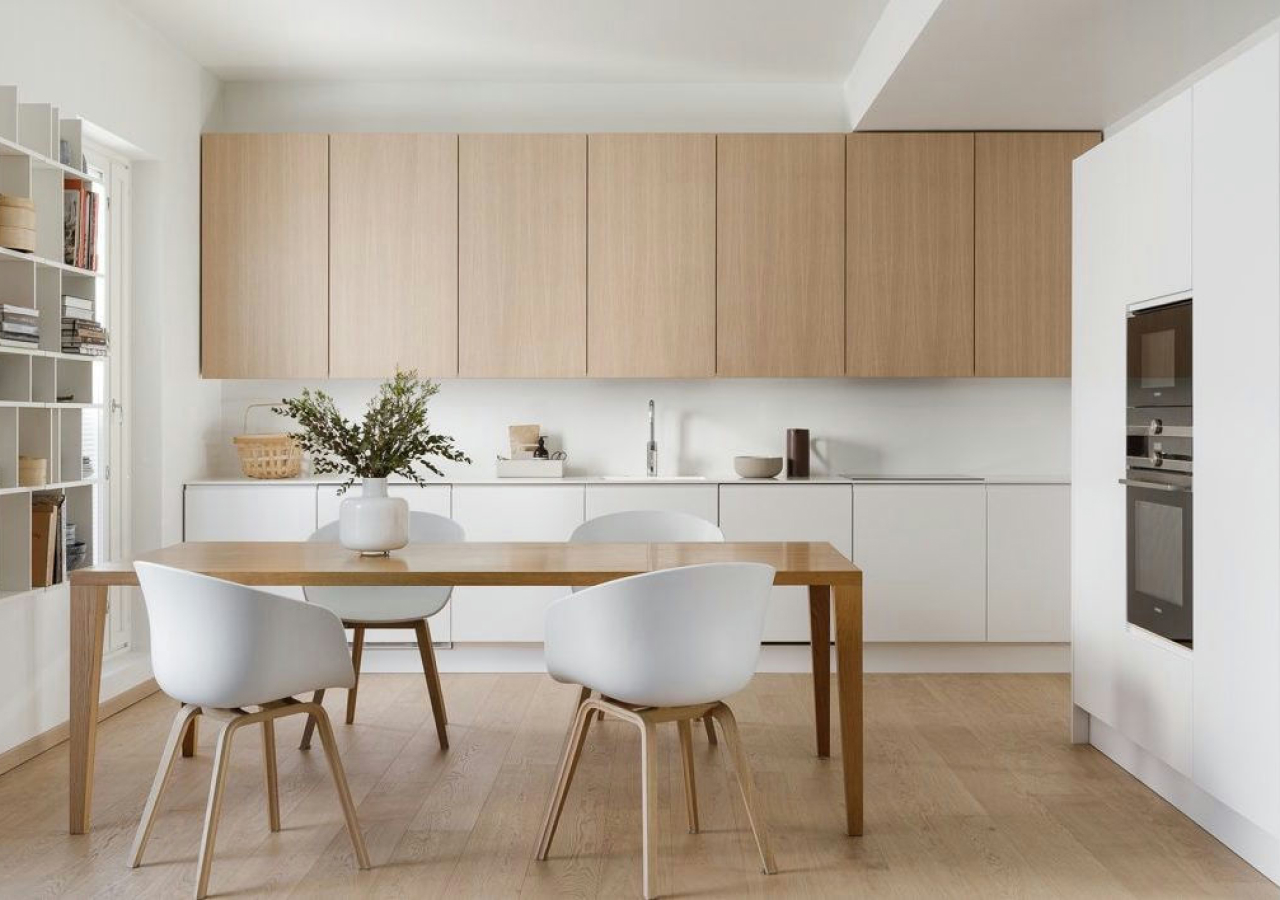
Trend-heavy designs date quickly and lose appeal. A timeless base with subtle, changeable accents keeps the kitchen relevant for years.
Bright furniture, colorful patterns, and unusual lighting fixtures may be pleasing to the eye for a moment, but they quickly become tiresome.
Contemporary trends are returning to a proven formula: neutral or tonal palettes, natural wood, spacious storage systems, and one or two well-thought-out accents. It is best to use trends in detail: lighting, bar stools, decorative elements, while leaving cabinets, layout, and main surfaces timeless, in a European or Japanese style.
13. Leaving Walls Bare Where They Should Work
.webp)
Unutilized walls miss opportunities for protection and function. Backsplashes, rails, or slim shelves enhance practicality without adding clutter.
In a minimalist kitchen, walls protect against splashes, reflect light, and create compact storage systems with rails, ledges, shelves, or sliding backsplash without cluttering the interior. Materials and lines are best chosen to continue the theme of cabinets and countertops: stone, large-format tiles, or a calm visual continuation of the work surface.
14. Forgetting About Integrated Waste & Recycling
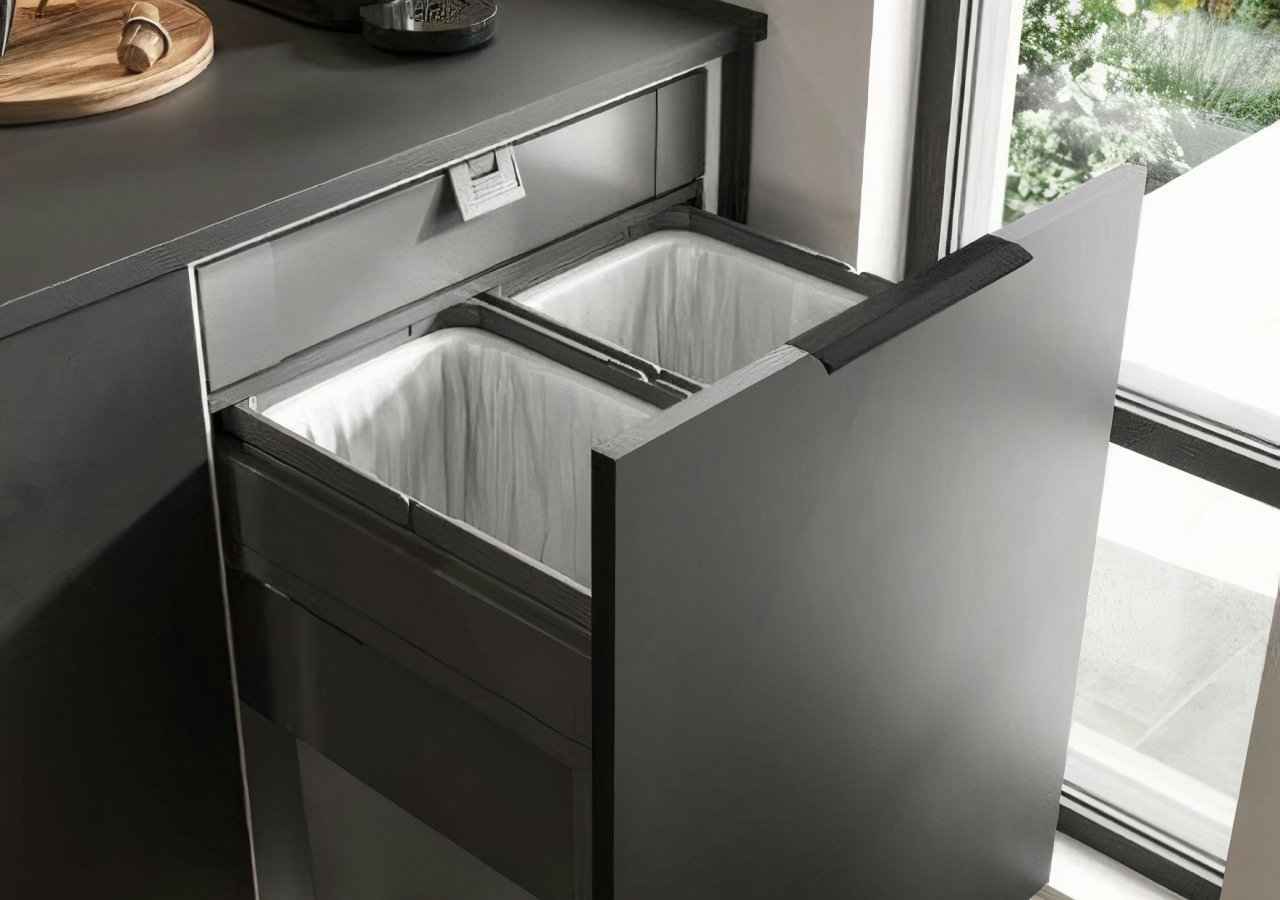
A freestanding bin breaks the visual calm of modern kitchens. Integrated pull-out systems keep sorting easy and discreet.
Built-in pull-out waste systems located next to the cooking area and sink keep lines clean and make sorting convenient. Multiple bins for trash, recycling, and compost support modern kitchen habits and don't create visual clutter, keeping the interior light and orderly.
15. Trying to Fit Every Idea into One Kitchen

Too many competing features dilute the overall concept. A focused design direction creates a cohesive, calm, and intentional space.
A coffee bar, a bar sink, two islands, open shelves, floor-to-ceiling glass, bright stone, an accent wall — when you try to use everything at once, the kitchen loses its harmony.
When everything is special, nothing stands out. The most successful kitchens of 2026 choose a clear concept: the calmness of Japanese style, Scandinavian light, warm modern wood, and refined European minimalism. Every decision supports this idea — layout, storage, colors, fittings, lighting. The logic is simple: fewer details, but with greater intention.
Conclusion
By avoiding these mistakes, you preserve what is most important in the kitchen: convenience, visual calm, and long-term value. Layout, storage, materials, and details work together to make the interior feel natural—without constant cleaning, narrow passageways, and quickly outdated solutions.
If you are planning a renovation, take a look at the Corner Renovation collections and functional solutions. The company's team will help you think through every element so that your kitchen combines style, convenience, and durability right from the start.

.webp)



